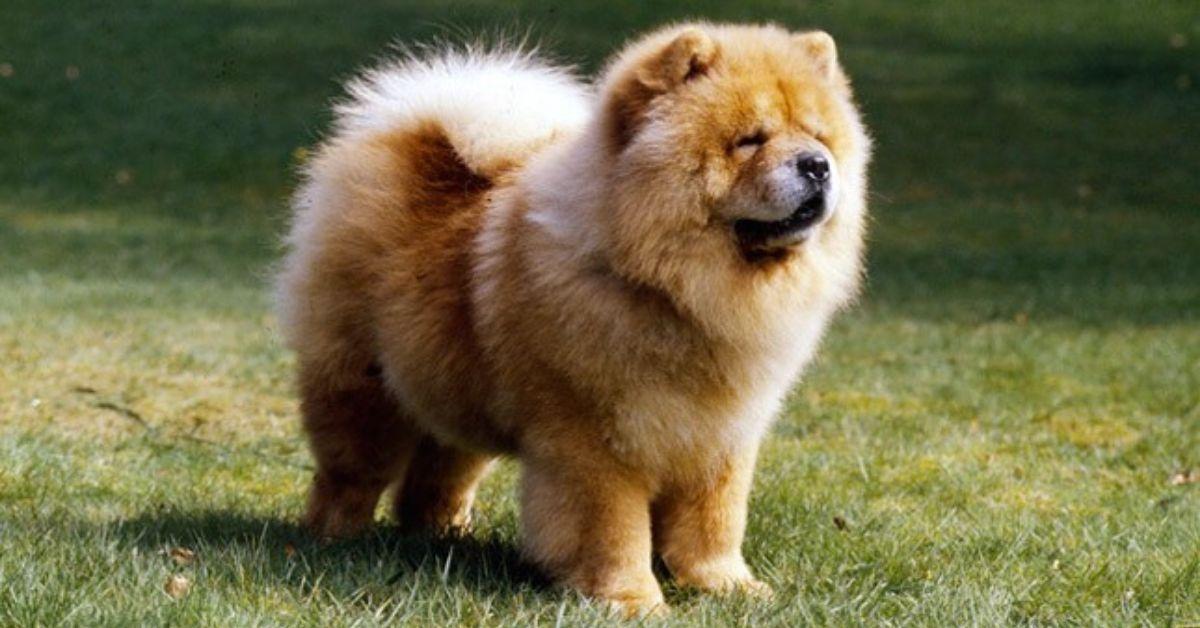FlipFact of the Day: More often than not, male lions get the… lion‘s share of attention in pop culture. Traditionally portrayed as strong and courageous, a male lion’s thick mane, regal stance, and bulky frame helps it project a dominant, powerful image. It’s not surprising that some would imagine a male in hot pursuit of its prey, coming home to its pride an hour later with the hapless victim’s neck clamped in its jaws. However, replacing the hulking male with a lithe female would actually paint a more accurate picture: It’s the lioness, not the male lion, who hunts for the pride 85 to 90 percent of the time.
Simply put, lionesses are better equipped for the job than males. For starters, they’re extremely fast; they can run at short bursts of up to 81 km/h (50 mi/h) to catch up with their escaping prey. As lionesses do not possess dark manes, they can also blend in with their surroundings better than males. And what they lack in sheer strength, they make up for in stealth, as they are excellent stalkers. Staying hidden in the grass with their bellies to the ground, lionesses can sneak up to their unsuspecting targets, striking at precisely the right moment.
That’s not to say, though, that male lions are completely ineffective when it comes to hunting. When targeting more massive prey such as buffalo, elephants, or giraffes, the lionesses in the pride work together in isolating their selected victim, with the male lion going in for the kill.
Lionesses typically start hunting when darkness approaches, up until the wee hours of the morning. While the adult females hunt, it’s the lone male’s job to watch over their pride and territory to ward off threats. In other words, lionesses are designed to hunt, while male lions are built to fight. Thus, prides function well as a social system, because each member takes advantage of their specialized strengths.
Still remember your 5th-grade science classes? Test your knowledge and see if you still remember these facts and fundamental concepts in human anatomy, biology, botany, and other branches of science. Click here to try the “Are You Smarter Than A Pinoy Fifth-Grader” Challenge.
Follow the hashtag #FlipFacts on Facebook and Instagram to get your daily dose of science trivia!
Cover photo: George Benjamin Turner (www.georgetheexplorer.com)
References
- http://www.outtoafrica.nl/animals/englion.html?zenden=2&subsoort_id=1&bestemming_id=1
- https://blog.nationalgeographic.org/2017/12/13/king-of-cats-lion-facts/
- https://www.cbsnews.com/pictures/things-you-didnt-know-about-lions/14/
- https://www.forbes.com/sites/quora/2018/05/16/what-makes-lionesses-better-hunters-than-lions/#50174cda4a6f
- https://www.nationalgeographic.com/animals/2019/07/lion-pride-family-dynamics-females/
Author: Mikael Angelo Francisco
Bitten by the science writing bug, Mikael has years of writing and editorial experience under his belt. As the editor-in-chief of FlipScience, Mikael has sworn to help make science more fun and interesting for geeky readers and casual audiences alike.







